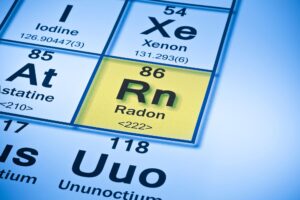Ultrafine air pollution particles that originated at Heathrow Airport have been detected in central London.
Researchers at King’s College London studied pollutants at several sites in London, Barcelona, Helsinki, and Zurich between 2007 and 2017 to identify and quantify the contribution of the different sources of ultrafine particles, which are under 0.1 micrometres (μm) in length and have been linked to several deadly diseases including brain cancer.
Two monitors at North Kensington and Marleybone Road were used to detect ultrafine particles in London. These detected the greatest concentrations of the smallest particles, called nucleation particles, when the wind was blowing from the direction of Heathrow. Researchers say this indicates that airports and aircraft are a major source of ultrafine particles and that these small particles can travel many kilometres.
The study found that London had the largest concentration of ultrafine particles compare to the other cities.
Last year, Heathrow’s third runway plans were unsuccesfully challenged in the High Court by London Mayor Sadiq Khan, five local authorities, Greenpeace and Friends of the Earth.
They failed to overturn the government’s go-ahead to an expansion that will see passenger numbers almost double from 80 million to 130 million a year.
In all four cities, the most common sources for pollution particles were traffic and photonucleation for all four cities. Photonucleation is the process of new particles forming from gases in the atmosphere enhanced by the sun’s radiation.
Photonucleation was most prevalent in cities with high solar radiation, such as Barcelona but it was much less in the other cities.
The King’s College researchers will now evaluate the effects of the different sources of ultrafine particles on mortality and hospital admissions.
Read the full study here.
Dr Ioar Rivas, research fellow and author of the study said: ‘We expected traffic emissions to be an important source of ultrafine particles in cities but we now know that airport emissions, even if located at the outskirts of the city, can travel far enough and reach population on urban areas away from the airport.’
Dr Gary Fuller, senior lecturer in Air Pollution Measurement said: ‘Cities around Europe have policies to reduce airborne particle from the traffic that should also reduce people’s exposure to ultrafine particles, but aircraft emissions are not being addressed in the same way.’












